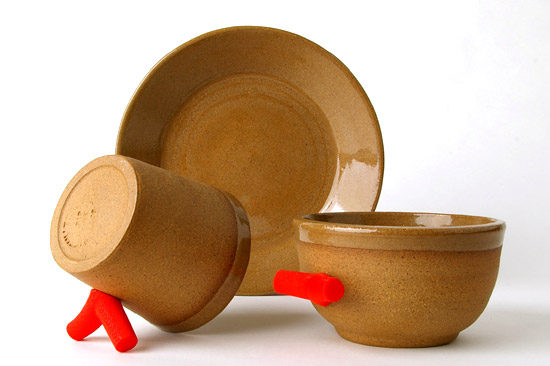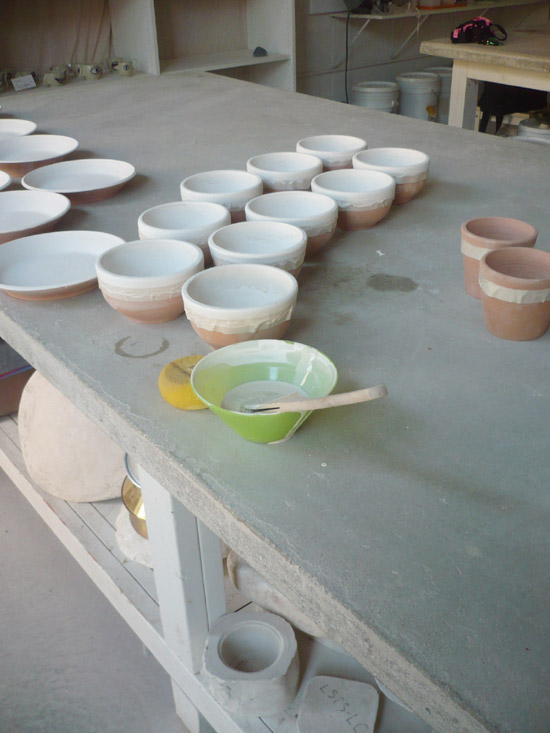KEEP UP WITH OUR DAILY AND WEEKLY NEWSLETTERS
PRODUCT LIBRARY
explore the design and architecture of the paris 2024 olympics, as well as the city shows coinciding with the games.
connections: +610
TERRA COSMOS deciphers new desires and expectations of consumers in search of awe-inspiring experiences through a vision of the future.
connections: 1
as visitors press the keys, a gooey liquid is brought to life, dancing hypnotically in sync with the chilling tunes.
connections: +250
watch iF Design's panel - power of place - livestreamed and moderated by designboom during NYCxDesign 2024.
connections: 90

 ‘drip-dry’ dishes with small plastic sprigs used to tip the dishes so that water can easily run off them
‘drip-dry’ dishes with small plastic sprigs used to tip the dishes so that water can easily run off them the set consists of a tumbler, plate and bowl
the set consists of a tumbler, plate and bowl
 ‘up close’ – you can see the ‘fingerprint’ texture of the sprig
‘up close’ – you can see the ‘fingerprint’ texture of the sprig
 process making
process making process making
process making fitting sprigs
fitting sprigs
 fitting sprigs attached to the dishes
fitting sprigs attached to the dishes ‘drip-dry’ models
‘drip-dry’ models ‘drip-dry’ model
‘drip-dry’ model preliminary models
preliminary models designing the mark
designing the mark




